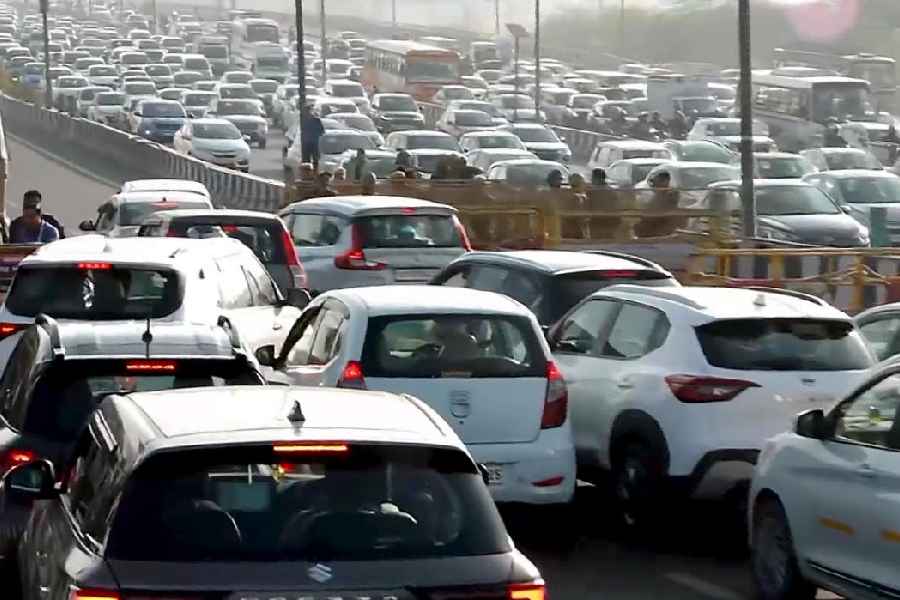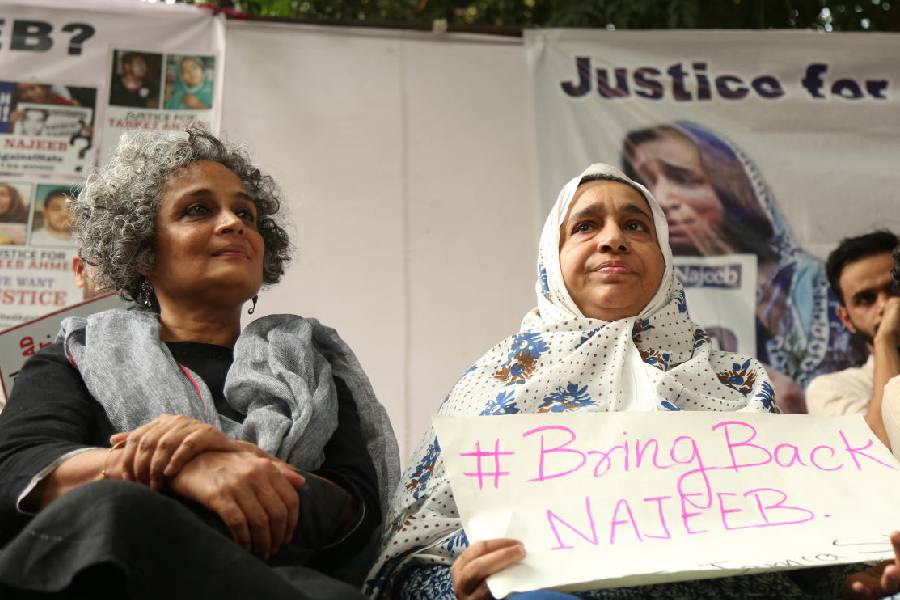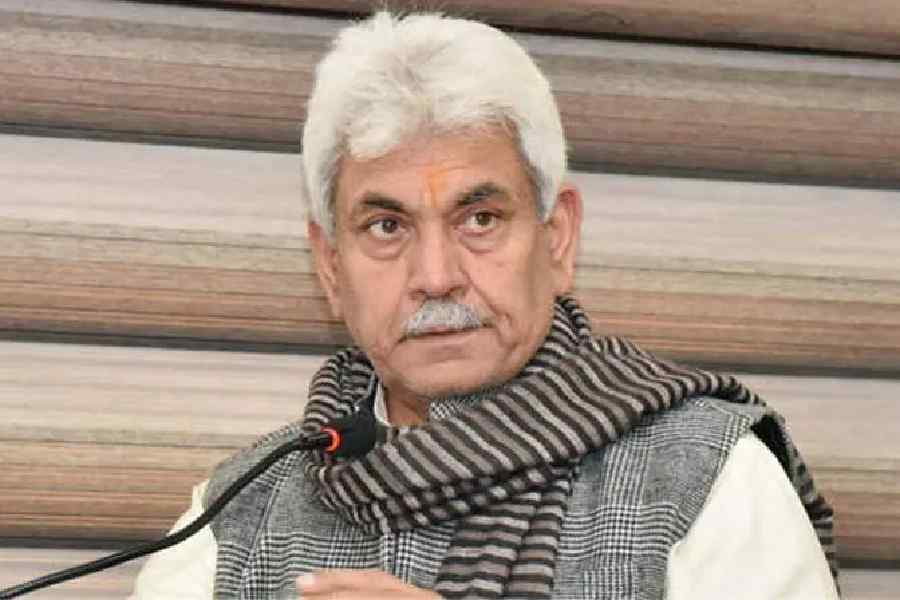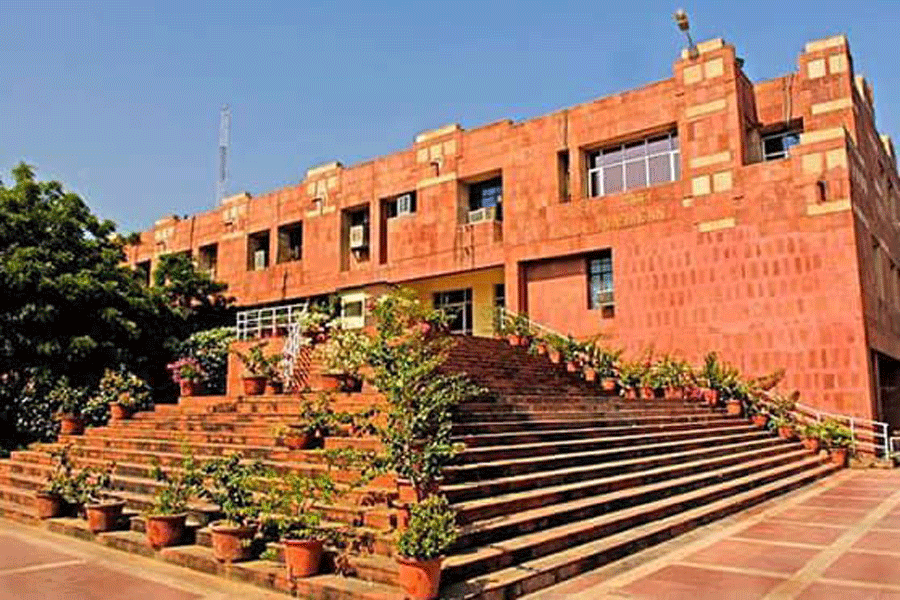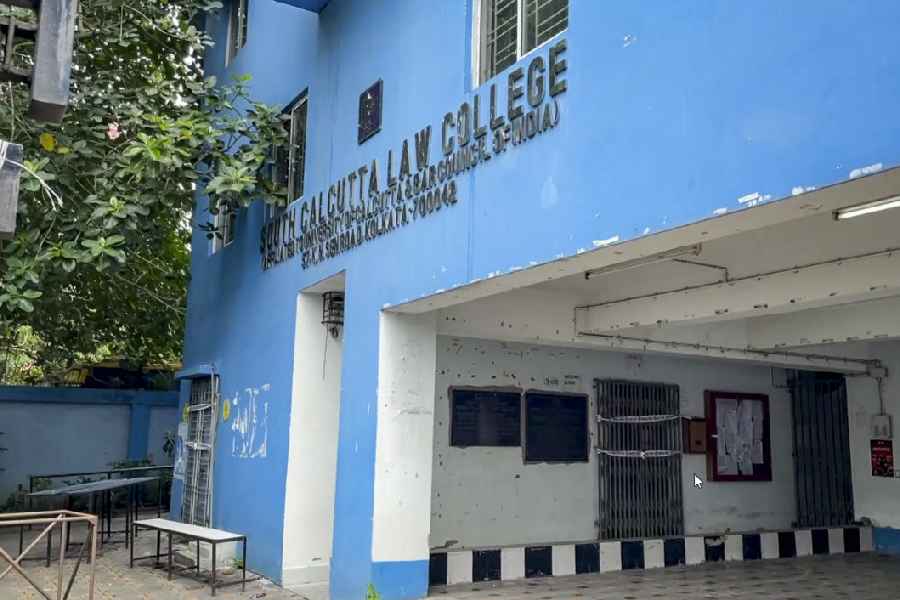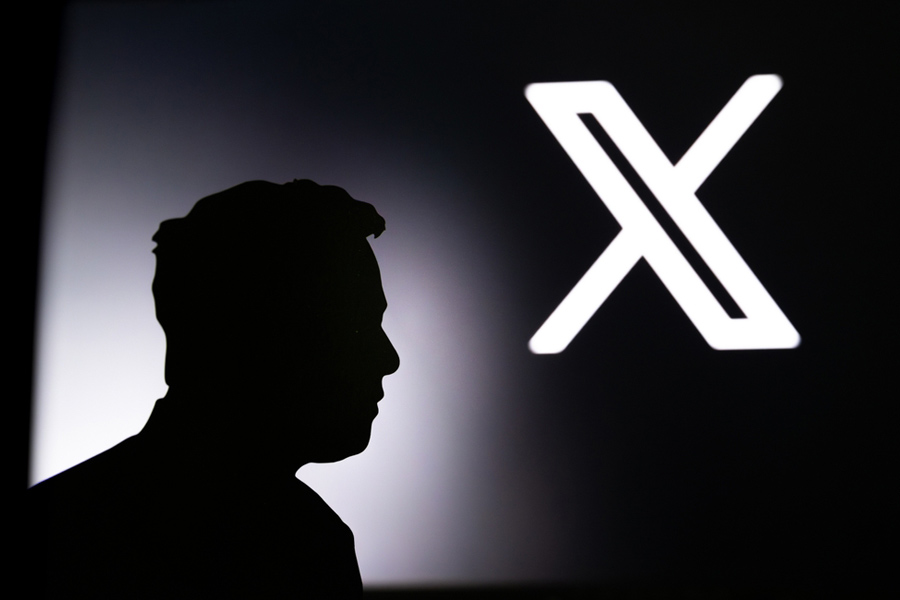 |
Mumbai, Oct. 4: Ratings agency Moody’s Investors Service today downgraded the State Bank of India (SBI) by a notch because of concerns over its capital and rising bad loans.
Moody’s cut SBI’s financial strength rating, or standalone rating, to D+ from C-. Analysts see the downgrade as a wake-up call for the Government of India, which has been dragging its feet on capital support.
Financial strength rating indicates Moody’s opinion of a bank’s intrinsic safety and soundness and they exclude certain external credit risks and credit support elements that are considered by its bank deposit ratings. Within financial strength rating, banks rated D display modest intrinsic financial strength, potentially requiring some outside support. On the other hand, banks rated C have adequate financial strength.
Explaining the rationale for the downgrade, which led to a selloff in banking stocks, Moody’s said it came as a result of the SBI’s capital situation and asset quality.
“The rating action considers the SBI’s capital situation and deteriorating asset quality. Our expectations that non-performing assets (NPAs) are likely to continue rising in the near term — due to higher interest rates and a slower economy — have caused us to take a negative view on the SBI’s creditworthiness,” Beatrice Woo, Moody’s vice-president and senior credit officer, said.
According to Moody’s, State Bank’s Tier 1 capital adequacy ratio (CAR) of 7.60 per cent for the first quarter ended June 30 does not provide sufficient cushion to support growth and absorb higher costs from its deteriorating asset quality.
The CAR is the ratio of a bank’s capital to its risk weighted assets (loans); Tier I capital is the core capital of a bank that comprises equity capital and reserves.
Moody’s added that the 7.60 per cent Tier 1 capital itself pushed the SBI into a lower rating band and it was below the 8 per cent ratio that the central government had committed to maintaining in nationalised banks. Besides, the bank’s CAR was lower than its peers such as Axis Bank, HDFC Bank and ICICI Bank, which are all C-rated.
Banks can fund its capital requirements by raising money from the market either through a rights issue or a follow-on offering. However, the SBI’s proposal for a rights issue has been hanging fire with the Centre. The bank had planned a Rs 20,000-crore rights issue, and the government’s share would have been Rs 12,000 crore in proportion to its 59.4 per cent stake.
However, Moody’s said that a Rs 20,000-crore rights issue would raise Tier I CAR to 9.30 per cent, but after three years it would once again be below 8 per cent.
“However, we estimate that capital deployed for loan growth, assuming 15 per cent per annum for the next three fiscal years, will cause the Tier 1 ratio to fall below 8 per cent, thereby necessitating another capital exercise,’’ Moody’s added. The SBI’s non-performing assets, too, have reached a three-year high of 3.52 per cent of loans as of June 30.
While non-performing loans could rise due to a slowing economy and higher interest rates, Moody’s said that under a stress scenario, which assumed a gross NPA ratio of 12.07 per cent, the SBI would require Rs 37,400 crore to replenish its Tier 1 capital ratio to 8 per cent.
“To put this into perspective, the SBI’s ability to absorb losses in a stress situation is below that of the C-rated Indian banks,” it noted.
Stocks dip
Moody’s action spooked investors with the SBI stock plummeting nearly 6 per cent soon after the news. However, the stock came off these lows to end at Rs 1786.70, a drop of 4 per cent over its last close.
“It (Moody’s action) has brought to the fore not only issues such as rising NPAs, which we all knew, but also some tough challenges that the country’s largest bank is facing,” a banking analyst with a foreign brokerage said.
The downgrade not only hit the SBI’s shares but also the overall sentiment in a market where worries over the Eurozone debt crisis persist.
The Sensex lost 287 points to end below 16000 at 15864.86. The NSE 50-share Nifty fell 77.35 points to 4772.15.
The BSE Bankex was the largest percentage loser among the sectoral indices. ICICI Bank fell 4.59 per cent, HDFC Bank was lower by 1.78 per cent, while PNB lost 1.40 per cent.


